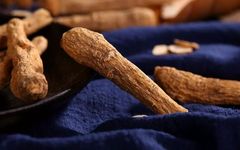
The Series of Food and Medicine Origin – Codonopsis

Codonopsis

Codonopsis (Scientific name: Codonopsis pilosula (Franch.) Nannf.) is a perennial herbaceous plant of the Campanulaceae family. It has a milky sap. The stem base has multiple tuberous scars, and the roots are often enlarged, spindle-shaped or spindle-shaped cylindrical. The stem is twining, either sterile or flowering at the tip, with yellow-green or yellow-white flowers. The leaves are alternate on the main stem and lateral branches, with sparse short prickles on the petiole. The leaf blades are ovate or narrow-ovate, with wavy blunt serrations on the edges, green on the upper side and gray-green on the underside. Flowers are solitary at the branch tips, alternate with the petiole or nearly opposite, with a superior corolla that is broadly bell-shaped, triangular lobes, elongated anthers, and numerous oval seeds. It flowers and fruits from July to October.
Origin
It is produced in the southeastern part of Tibet, western Sichuan, northwestern Yunnan, eastern Gansu, southern Shaanxi, Ningxia, eastern Qinghai, Henan, Shanxi, Hebei, Inner Mongolia, and northeastern regions of China. It is also found in Korea, Mongolia, and the Soviet Far East. It grows in mountainous forest edges and shrubs at altitudes of 1560-3100 meters. There is a large amount of cultivation throughout China. Historically, the Codonopsis from the Shangdang region of Shanxi was considered the best.
Cultivation
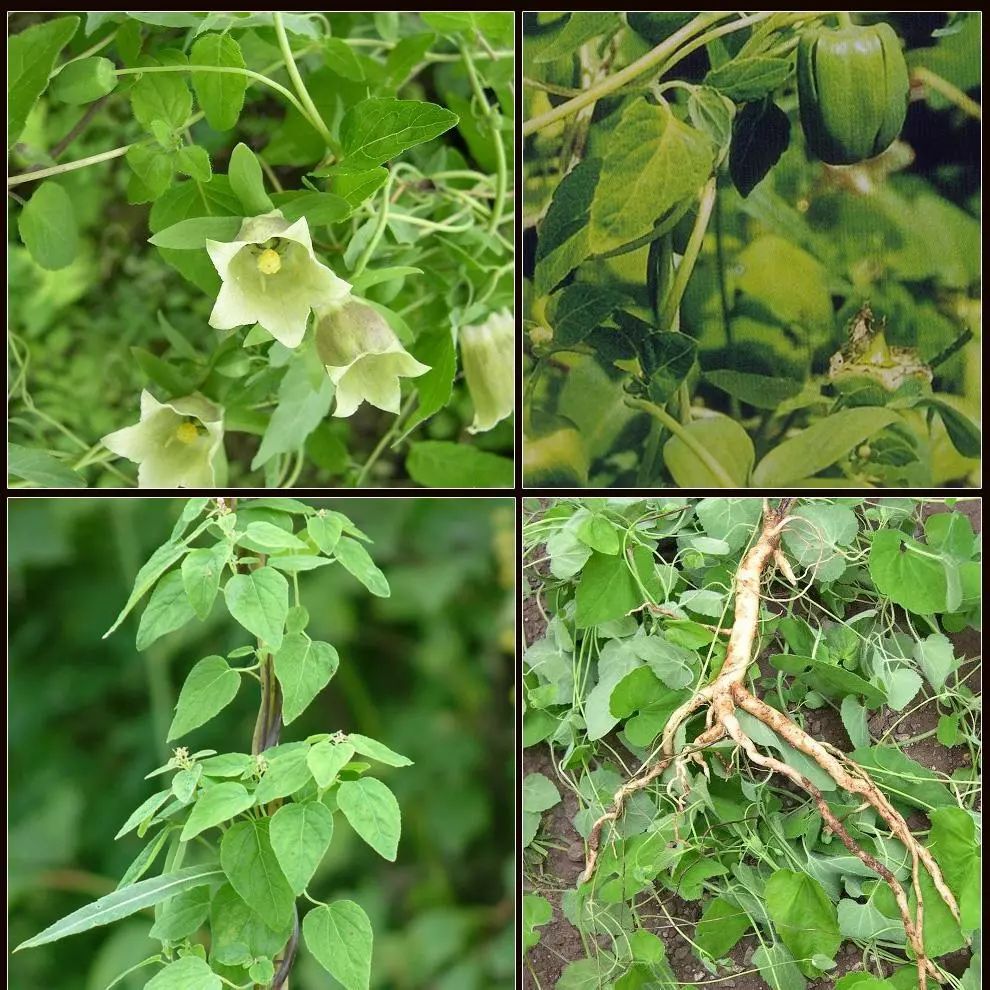
Seeds can be sown directly or seedlings can be transplanted, with the former being preferred. Before sowing, soak the seeds in warm water at 40-45°C, stirring and mixing until the water temperature is no longer hot to the touch. Soak for an additional 5 minutes. Then, place the seeds in a cloth bag, wash them several times, and place them on a sand pile, watering with 15°C warm water every 3-4 hours. After 5-6 days, when the seeds crack, they can be sown. Alternatively, seeds in a cloth bag can be washed in 40°C water to keep them moist, and when they sprout in 4-5 days, they can be sown.
For direct sowing, sow between the “Frost’s Descent” and “Beginning of Winter” periods, without seed treatment. Maintain warmth and prevent sun exposure. When the seedlings reach 8-10 cm in height, gradually remove the cover, and ensure timely weeding, loosening the soil, and watering to keep the soil moist.
Transplanting should occur after one year of seedling growth, in spring or autumn. In spring, transplant from mid to late March to early April; in autumn, from mid to late October to early November. When transplanting, dig up the seedlings, remove damaged or weak ones, and open trenches 20-30 cm apart and 16-18 cm deep, with a plant spacing of 7-10 cm. Place the roots at an angle in the trench, raising the root tips slightly, then cover with soil, ensuring the soil is at least 7 cm above the root tips.
Weeding and Cultivation: Start loosening the soil and weeding after emergence; removing weeds is one of the main measures to ensure yield.
Fertilization: After successful transplanting, when the seedlings are about 15 cm tall, apply 1000-1500 kg of human manure per acre. Afterward, due to the growth of stems, leaves, and vines, it becomes inconvenient to fertilize.
Irrigation and Drainage: After transplanting, irrigation is necessary. Once the seedlings are established, reduce or stop irrigation. During the rainy season, drain water promptly to prevent root rot.
Support Structures: For seedlings planted on flat ground that reach 30 cm in height, set up supports to facilitate climbing, which can improve disease resistance and reduce disease incidence. This is beneficial for root growth and fruiting.
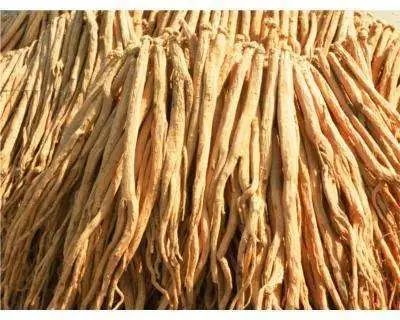
Medicinal Value
Properties: Sweet, neutral.
Meridians Entered: Spleen, Lung
Functions: Tonifies the middle and benefits Qi, strengthens the spleen and benefits the lungs.
Indications: Used for spleen deficiency with poor appetite and loose stools, weakness in the limbs, palpitations, shortness of breath, dry mouth, spontaneous sweating, prolapse of the rectum, and cough due to deficiency with internal heat and thirst.
Usage
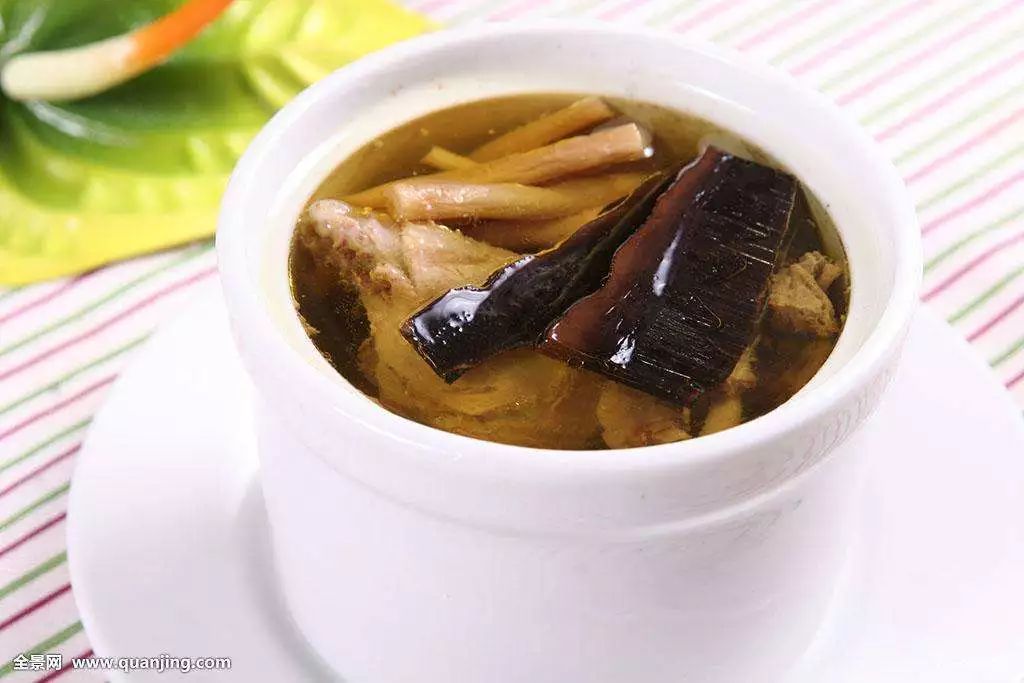
①Clears the lungs, tonifies the original Qi, opens the voice, and aids muscle strength: One pound of Codonopsis (soft and sweet, sliced), half a pound of Glehnia (sliced), and four ounces of longan flesh. Boil in water to concentrate the juice until it drips like pearls, and store in a ceramic container. Take one wine cup, mix with hot water, and drink. (From “De Pei Ben Cao” Codonopsis Syrup)
②Treats diarrhea and rectal prolapse due to Qi deficiency: Two qian of Codonopsis (remove the fibrous root, stir-fried with rice), one and a half qian each of roasted Astragalus, Atractylodes (stir-fried), nutmeg powder, and Poria, two qian of fried Chinese yam, six fen of honey-fried Cimicifuga, and seven fen of honey-fried licorice. Add two slices of fresh ginger and boil, or add five fen of processed Aconite. (From “Bu Zhi Yi Bi Yao” Codonopsis, Astragalus, and Atractylodes Decoction)
③Treats oral ulcers caused by cold and dampness damaging the spleen and stomach: Two qian each of roasted Codonopsis and roasted Astragalus, one qian of Poria, five fen of raw licorice, and seven fen of white peony. Boil in water and take warm. (From “Throat Collection of Purple Treasures” Codonopsis and Astragalus Anwei Powder)
④Treats oral ulcers in children: One liang of Codonopsis and five qian of Phellodendron. Grind into a fine powder and apply to the affected area. (From “Compilation of Proven Recipes from Qinghai Province”)
⑤Inhibits or kills leprosy bacilli: Equal amounts of Codonopsis, Rhizoma Paridis, and the root bark of Rhamnus. Grind Codonopsis and Rhizoma Paridis into fine powder; then boil the root bark with an appropriate amount of water three times, concentrating the liquid to a certain amount (enough to moisten the fine powder of Codonopsis and Rhizoma Paridis), add an appropriate amount of honey, and mix. Form into pills, each weighing three qian; can also be made into a paste. Take three times a day, one pill each time, with warm water. (From Beijing University of Chinese Medicine “New Medical Method Compilation”)
⑥Treats Qi and blood deficiency syndrome. Eight Treasure Decoction (From “Experience Recipes from Ruizhutang”): Symptoms include pale or sallow complexion, dizziness, fatigue, shortness of breath, palpitations, reduced appetite, pale tongue with thin white coating, and weak or deficient pulse. Ten Complete Great Tonifying Decoction (From “Chuanxin Applicable Formulas”): Symptoms include sallow complexion, fatigue, reduced appetite, dizziness, fatigue, palpitations, spontaneous sweating, cold limbs, pale tongue, weak pulse, and conditions such as uterine bleeding, irregular menstruation, and non-healing sores.
Contraindications
Should not be used with Rhizoma Veratri.
From “De Pei Ben Cao”: Should not be used in cases of Qi stagnation or excessive anger.
From “Yao Long Xiao Pin”: Should be avoided in cases of fullness with heat.
From “Zhonghua Bencao”: Should not be taken in cases of excess syndrome or heat syndrome, and should not be used alone in cases of true deficiency with evil excess.
Edible Value
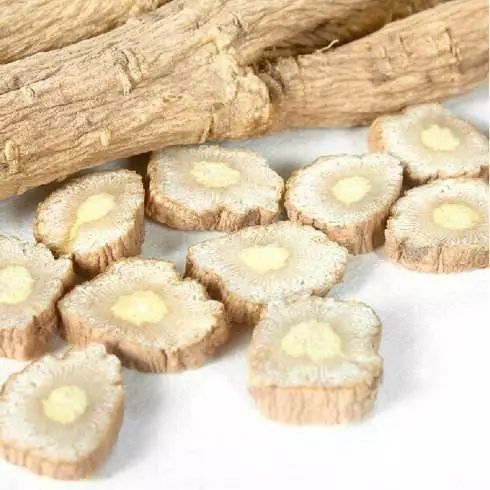
Codonopsis contains polysaccharides, phenolic compounds, sterols, volatile oils, vitamins B1, B2, various essential amino acids, baicalin glycosides, saponins, and trace alkaloids and trace elements.
Applicable Population
Individuals with weak constitutions, insufficient Qi and blood, sallow complexion, as well as those who are weak after illness or childbirth should consume it; those with spleen and stomach Qi deficiency, fatigue, weakness in the limbs, poor appetite, loose stools, chronic diarrhea, insufficient lung Qi, cough with shortness of breath, and those prone to colds; those with Qi deficiency and blood deficiency should consume it; those with chronic nephritis and proteinuria should consume it; those with chronic anemia, sallow disease, leukemia, thrombocytopenic purpura, and rickets should consume it. In the above conditions, traditional formulas using ginseng are often replaced with this herb in modern practice.
Dosage
15-30 grams per day. Decoction, syrup, or added to porridge, rice, and dishes.
Tea
Codonopsis Tea
Formula: Honey-fried Codonopsis 10-25 grams, black tea 1-1.5 grams.
Method: Mix and steep in boiling water for 5 minutes. Take one dose daily, divided into three warm drinks.
Effects: Strengthens the stomach, dispels phlegm, benefits Qi, and nourishes blood. Suitable for nutritional deficiency anemia.
Cooking
1. Codonopsis and Poria Porridge: 10 grams each of Codonopsis, Poria, and ginger, and 100 grams of glutinous rice. First, boil the three ingredients to extract the juice, then add the rice to cook into porridge. Salt can be added for flavor.
Originating from “Sheng Ji Zong Lu”. This formula uses Codonopsis and Poria to tonify the spleen and benefit the stomach, ginger to warm the middle and strengthen the stomach, and glutinous rice to nourish the spleen and stomach. Used for spleen and stomach deficiency, poor appetite, vomiting, weight loss, and fatigue.
2. Codonopsis and Jujube Rice: 10 grams of Codonopsis, 10 jujubes, and 150 grams of glutinous rice. First, wash the Codonopsis and jujubes, boil to extract the juice, then steam the glutinous rice separately and invert it into a bowl, pouring the Codonopsis, jujubes, and their juice over it, adding an appropriate amount of white sugar. Can be eaten twice daily.
Originating from “Xing Yuan Lu”. This formula uses Codonopsis to tonify the spleen and benefit Qi, with jujubes and glutinous rice working synergistically with Codonopsis. Used for spleen deficiency and Qi weakness.
3. Codonopsis and Astragalus Porridge: 10 grams each of Codonopsis and Astragalus, and 100 grams of glutinous rice. Boil Codonopsis and Astragalus to extract the juice, then add glutinous rice to cook into porridge. Sweeten with white sugar.
This formula uses both Codonopsis and Astragalus to tonify the Qi of the spleen and lungs, with Astragalus also helping to stabilize the exterior and stop sweating. Used for lung and spleen Qi deficiency, fatigue, shortness of breath, spontaneous sweating, and loose stools.

4. Codonopsis and Chrysanthemum Porridge: 15 grams of Codonopsis, 15 grams of chrysanthemum, 150 grams of glutinous rice, and an appropriate amount of brown sugar.
Method: Wash the Codonopsis, chrysanthemum, and glutinous rice, soak the Codonopsis in warm water for 2 hours, then place the glutinous rice and chrysanthemum in a clay pot with an appropriate amount of water, boil on high heat, then simmer until the Codonopsis is soft and the porridge thickens. Add a little brown sugar just before eating.
Effects: Has liver soothing and spleen strengthening effects.
5. Fish Maw and Pork Ribs: 150 grams of fish maw, 400 grams of pork ribs, 50 grams of Codonopsis, two tablespoons of goji berries, five slices of Chinese yam, five slices of ginger, and one green onion.
6. Codonopsis and Goji Chicken Soup
Formula: 30 grams of Codonopsis, 30 grams of goji berries, 20 grams of longan, and 150 grams of chicken.
Method: Put all ingredients in a clay pot and boil to make soup, adding a little wine and salt for flavor when done. Take 1-2 times daily.
Effects: Mainly treats periodontal disease due to Qi and blood deficiency: Symptoms include pale and white receding gums, exposed tooth roots, loose teeth, frequent dreams, pale tongue, thin white coating, and a deep, thin pulse.
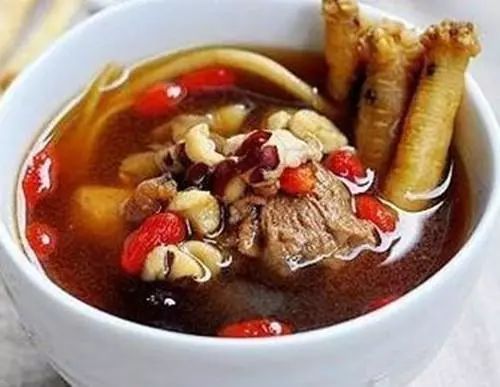
7. Two-Element Paste: Equal parts of Codonopsis and cooked Rehmannia. Add water to boil for a concentrated juice, then add an equal amount of white sugar and boil until thick. Take 1-2 spoonfuls each time, or dissolve in warm water to drink.
Originating from “Jing Yue Quanshu”. This formula uses Codonopsis to tonify Qi and cooked Rehmannia to nourish blood. Used for Qi and blood deficiency, fatigue, and dizziness.
Images / Network (infringement will be deleted)
Planning / Yin Peihao
Review / He Xue
Editor / He Jing
Previous Highlights
The Series of Food and Medicine Origin – Are You “Spicy” Beautiful
The Series of Food and Medicine Origin – “Jiao” You Healthy
The Series of Food and Medicine Origin – Sweet “Ping” Joyful Path

Medical Class
For more medical science, nutrition guidelines, etc., follow us for your health!

